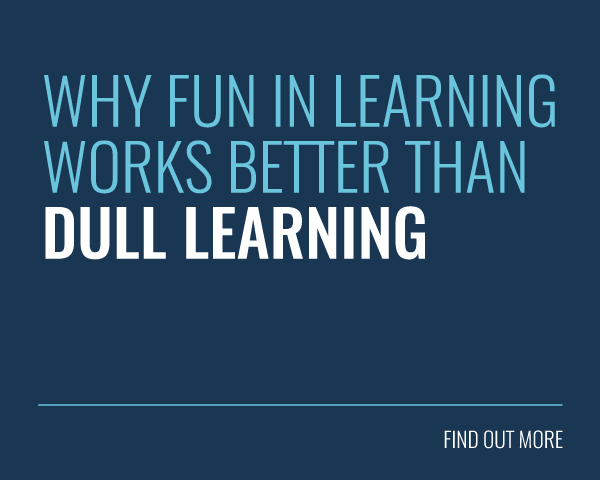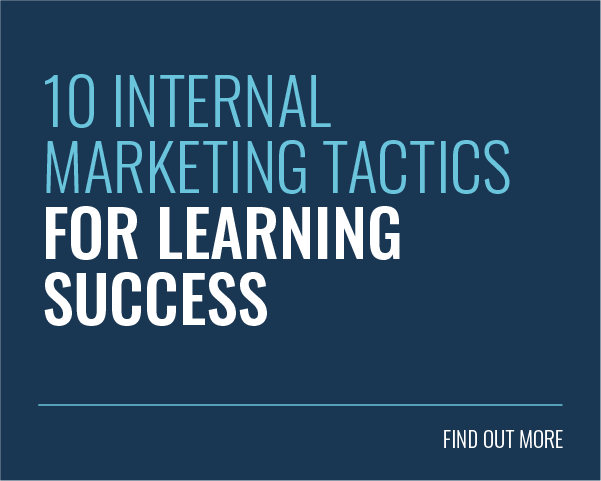
To help instructional designers and subject matter experts create a great piece of learning content, here are 10 top tips to getting the most out of your subject matter experts.
1. GET SOME PERSPECTIVE
Contrary to rumour, SMEs aren’t corporate fossils who refuse to understand or accept the point of eLearning. SMEs don’t get stamped out of a mould in the SME factory – they’re people too!
They are extraordinarily busy people who already have a lot to do, and the chances are that the eLearning project is yet another task on their already-full schedule.
It’s important for instructional designers to take a step back, appreciate the SME’s challenges and try to accommodate them as much as possible.
2. BUILD A RELATIONSHIP
The work of an instructional designer is never done, so once you’ve finished one big training course your eyes will be set firmly on the next one. This means that any SMEs you deal with are likely to be vital again when you’re working on projects in the future.
You need to make sure that you’re on good terms with every expert, so that you can approach them again whenever you need them. Basic things can help here, such as doing some research beforehand so that you’re clear on what information you need and don’t waste any time.
Read up as much as you can beforehand so that you can hit the ground running. Write down any questions that occur to you. This will get your project off to a flying start and it’ll impress your SME!
3. REACH OUT
Introduce yourself and try to find out more about your SME. They’re probably incredibly busy, so avoid talking about what they watched on TV the night before. Send an email setting a clear agenda prior to the first meeting. Briefly highlight the key points that you want to cover so that your SME has a chance to prepare.
You should also find out things that will help you both stay on top of deadlines. How do they prefer to be contacted? When are they most likely to be available? Do they prefer tackling clarifications one by one, or is it better to batch them and send them in a weekly update email?
Build a rapport and find the sweet spot – just the right level of professional formality. If the topic of last night’s TV comes up by itself, it’s up to you to decide if you have time to talk about it!
4. DEFINE THE MISSION
Nothing sets a mission up for success like a clearly defined goal! Once you’ve both covered the practicalities, the next step is to define what success looks like. Make sure your goal is SMART and it’s something you can both agree on.
This is also the best time to clarify your roles. Generally speaking, the instructional designer is designing the course and the SME is there to provide the essential knowledge. Make this distinction as clear as you can and avoid straying from the path.
5. BUILD A STRATEGY
The eLearning is the link between the subject and the learner. The ID wants to get as much knowledge out of the SME as they can so that they can give that knowledge to the learners.
At this stage, the instructional designer needs to learn the important points from the subject matter expert and the subject matter expert needs to have an idea of how their knowledge will be used.
Remember what you’ve learned from Instructional Design 101 – most people won’t learn very much from reams of text, so don’t rely on a trailing thread of emails or a statement of works to get the message across.
Make sure to show a few examples of the ways you might approach the project. Go through all the available options and highlight the pros and cons of each.
6. AGREE ON A BATTLE PLAN
Decide on a clear plan with dates and deadlines, making sure to build in some buffer time to make up for the inevitable delays and setbacks. Ensure that all parties know how important it is to deliver each step on time. It’s important that they understand that the quality of the eLearning depends on the plan.
If you have time, carve the plan into a stone tablet and place it in a shrine at the top of a mountain – whatever you need to do to convey how important it is!
7. DON’T BE A STRANGER
During the eLearning project, you might need clarifications on various aspects, or you might need to follow up on review deadlines.
Since the SME has a whole world of responsibilities outside of the eLearning project, it’s down to the instructional designer to keep in contact as much as possible. If you’ve already agreed on the best method of contact, this shouldn’t be a problem.
A collaborative learning technology solution gives everyone in the team an up-to-the-minute account of the status of the project. With the right tool, SMEs can log in, view the progress and even create quiz questions!
Just as it’s vital to keep your learners engaged, don’t forget to appeal to the experts in your organisation. But How can you engage them if you don’t know where they are? Read on to find out!









